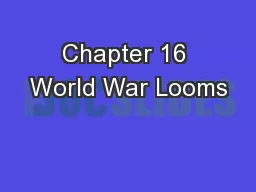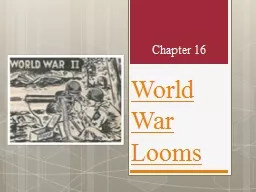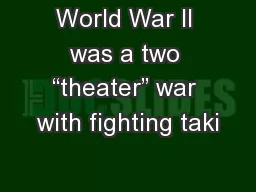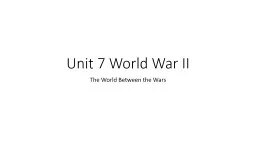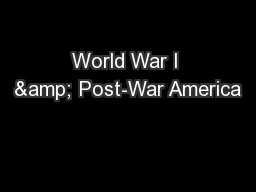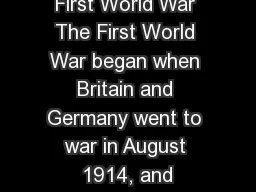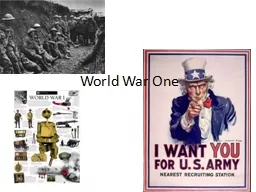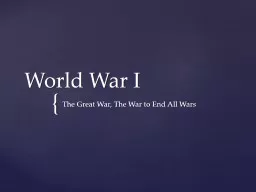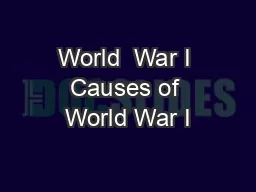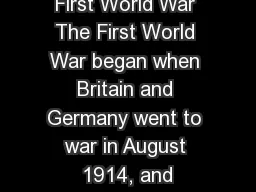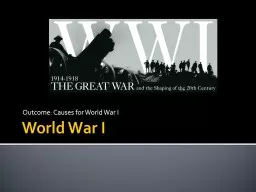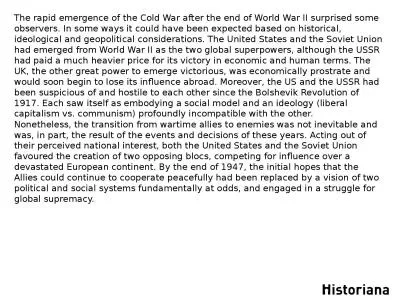PPT-Chapter 16 World War Looms
Author : alida-meadow | Published Date : 2018-02-06
Section 3 The Holocaust I The Persecution Begins Jews Targeted Europe has long history of antiSemitism Germans believe Hitlers claims blame Jews for problems Nazis
Presentation Embed Code
Download Presentation
Download Presentation The PPT/PDF document "Chapter 16 World War Looms" is the property of its rightful owner. Permission is granted to download and print the materials on this website for personal, non-commercial use only, and to display it on your personal computer provided you do not modify the materials and that you retain all copyright notices contained in the materials. By downloading content from our website, you accept the terms of this agreement.
Chapter 16 World War Looms: Transcript
Download Rules Of Document
"Chapter 16 World War Looms"The content belongs to its owner. You may download and print it for personal use, without modification, and keep all copyright notices. By downloading, you agree to these terms.
Related Documents

